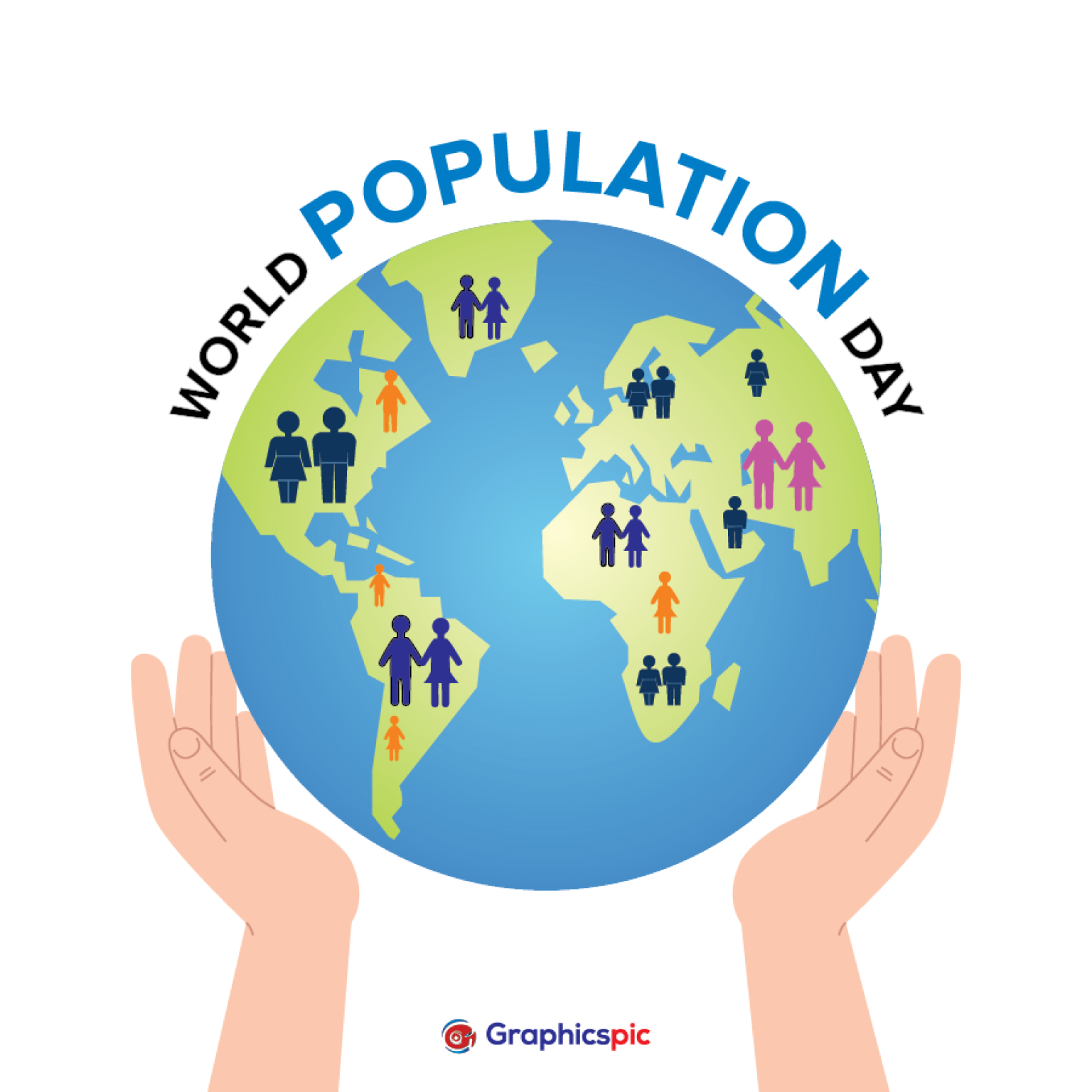
“Understanding the Factors Behind Earth’s Population Decline in the Near Future”
In November 2022, the number of humans on Earth reached 8 billion, and it is estimated that the world’s population may peak at just 9 billion by 2050. This prediction is a topic of debate, with both positive and negative consequences being discussed.
Pros:
One of the main benefits of a growing human population is that it can drive economic growth and technological advancements. With more people comes more innovation and development, which can lead to higher standards of living and improved healthcare. Additionally, a larger population can provide a larger workforce and create more job opportunities, which can boost the economy.
Cons:
On the other hand, an increasing population also poses several risks to the environment and social harmony. More people mean more consumption, which can lead to increased pollution, deforestation, and climate change. Furthermore, overcrowding and resource scarcity can result in social unrest, conflicts, and poverty.
Despite the prediction of a slower population growth rate, there are still challenges that must be addressed. One of the most significant is the need for major investments in education and healthcare. As the population ages, there will be a greater demand for healthcare and social services, which will require significant investments.

Moreover, the aging population will also increase economic inequality, as there will be fewer working-age individuals to support a growing number of elderly people. This will require innovative solutions to address the demographic shift and ensure that everyone has access to healthcare and social services.
The report’s findings also indicate that the wealthiest people in the world are primarily responsible for overconsumption and the resulting environmental damage. Thus, addressing economic inequality and promoting sustainable consumption practices are crucial for a resilient civilization on a planet under extraordinary pressure.
In conclusion, the prediction that the world’s population may peak at just 9 billion by 2050 presents both opportunities and challenges. While a slower growth rate may have positive impacts on the environment, it also highlights the need for significant investments in education and healthcare to ensure social harmony and economic stability.



Also, visit:





